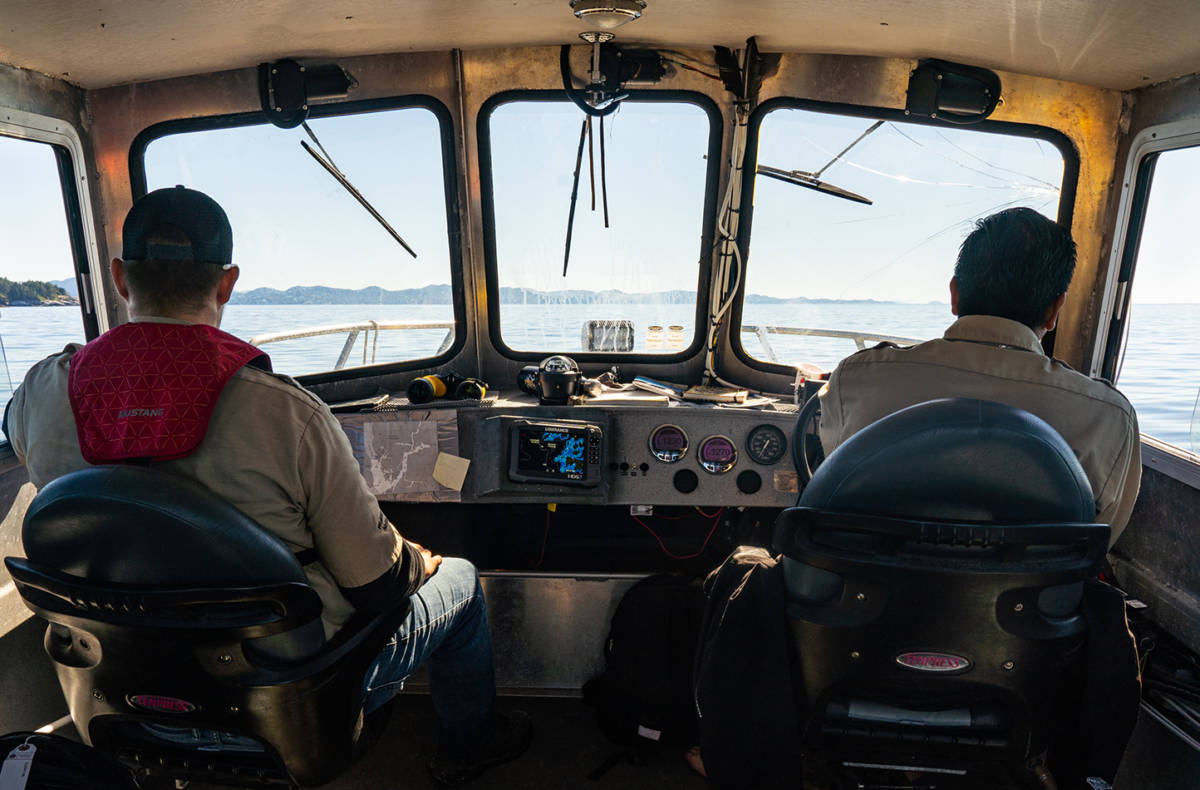We Rise Together, a landmark report on Indigenous-led conservation in Canada, describes Indigenous Protected and Conserved Areas (IPCAs) as lands and waters where Indigenous governments have the primary role in protecting and conserving ecosystems through Indigenous laws, governance, and knowledge systems.
Through Carbon Landscapes, an initiative of Metcalf’s Environment program, we are prioritizing funding support for the planning and establishment of Indigenous Protected and Conserved Areas (IPCAs). Almost half of our Environment program’s grants budget now supports Indigenous-led or partnered work.
IPCAs across Canada will vary in terms of governance and management objectives however they generally all include three essential elements:
- they are Indigenous-led;
- they represent a long-term commitment to conservation; and
- they elevate Indigenous rights and responsibilities.
As interest grows in IPCAs, there is a corresponding need for information about what they are along with resources to support their advancement. Metcalf has joined with partners to support the Conservation Through Reconciliation Partnership (CRP), which has assembled a range of resources about IPCAs, including a helpful compilation of frequently asked questions. The CRP also recently launched the IPCA Knowledge Basket, a new online platform that holds and shares resources to support Indigenous leadership in conservation efforts, including the creation of IPCAs.
This is an exciting time for conservation in Canada. From Cree Nation Government’s conservation and protected areas initiatives in Eeyou Istchee to the Sayisi Dene First Nation’s leadership on the Seal River Watershed Initiative, and from Mushkegowuk Council’s work to protect the Yehewin Aski to Kitaskiinan Kawekanawaynichikatek, there is so much good, inspiring work underway.


